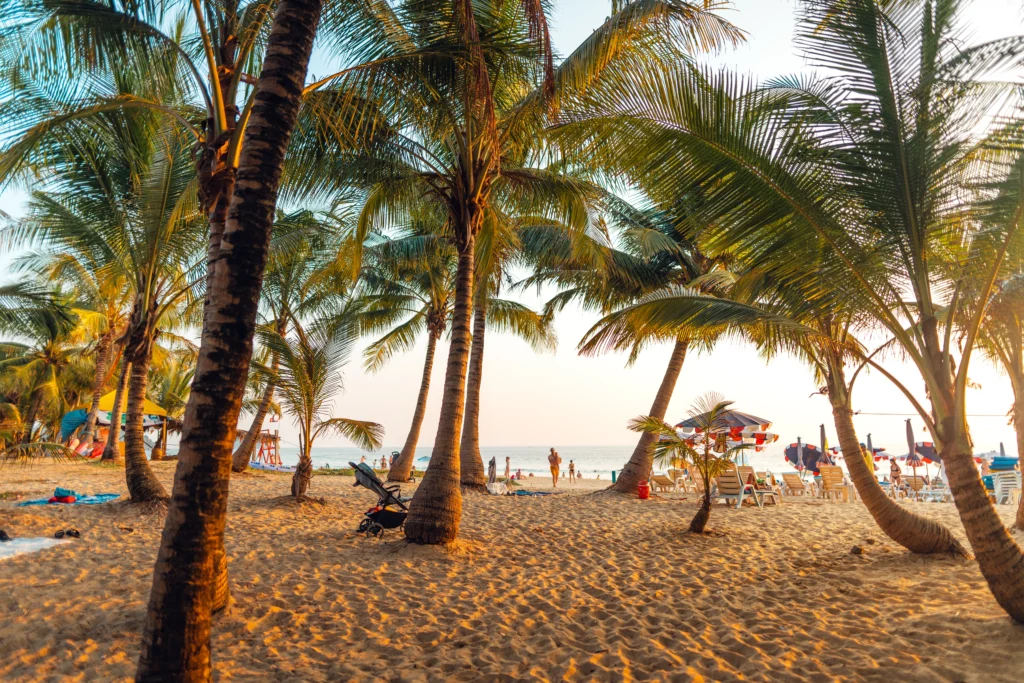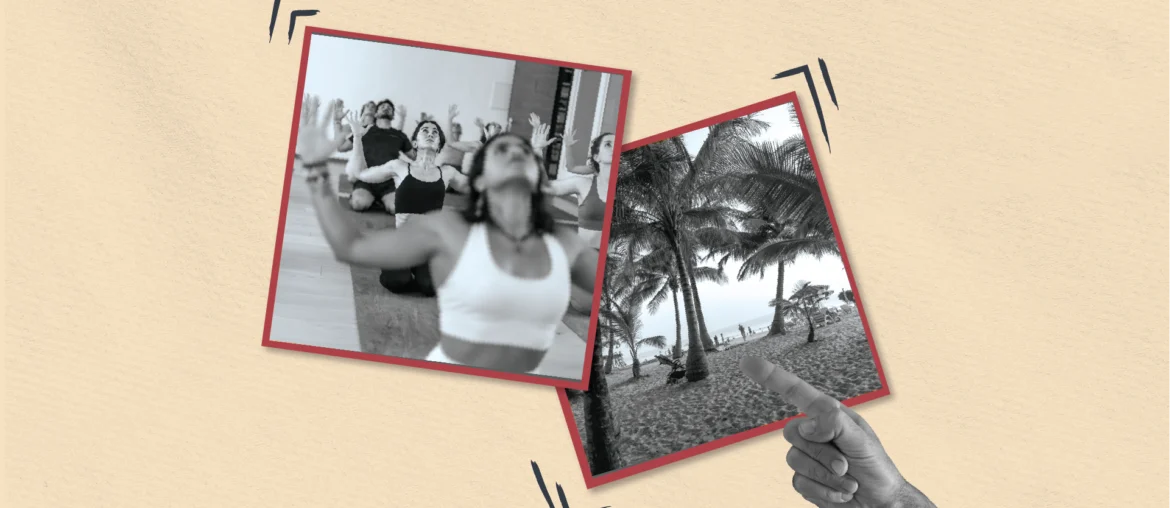Can you imagine completely cutting off from work? Given how connected we always are, it seems like an impossible task. This is where wellness sabbaticals make an entry – a growing trend among midlife professionals who want it all: career continuity, travel experiences, and a focus on health. This approach to work-life balance combines remote work with extended stays at wellness destinations, offering a revolutionary way to recharge without stepping off the career ladder.
Why Wellness Sabbaticals?
A friend, who after twenty plus years in the financial sector felt a deep sense of burnout, said, “I couldn’t afford to completely take a break and hibernate and so I decided to do the next best thing – go on a wellness retreat and that allowed me to continue working albeit at my own pace.” The three-odd weeks she spent away did her a lot of good and she came back feeling not just recharged but completely refreshed.
The concept is simple: instead of a traditional two-week vacation or a complete career break, professionals are choosing extended stays at destinations that offer both excellent work infrastructure and wellness facilities. This arrangement allows them to maintain their professional commitments while investing in their physical and mental well-being.
The key to a successful wellness sabbatical lies in selecting the right destination.
Top locations combine reliable internet connectivity with wellness offerings:
Bali, Indonesia: Popular areas like Canggu and Ubud offer co-working spaces alongside yoga studios and healthy cafes. The time zone works well for Asian markets.
Goa, India: Away from the crowded beaches and shacks, places like Morjim and Mandrem offer reliable internet connectivity, well planned co-working spaces and a range of yoga and health centres to choose from.
Okinawa, Japan: If you are feeling adventurous you could consider spending time working out of Okinawa, a place that is well known for its longevity lifestyle. Okinawa offers all modern amenities for work as well as places practising traditional healing and healthy eating options.
Mysore, India: Nestled in the South of India, Mysore offers various centres for yoga practitioners along with affordable places to stay as well. This tech-friendly city has a number of green spaces on offer as well for those who are looking for a wellness break.
Some other options you could consider depending on your budget and the time zones would be Singapore, Dharamshala in Himachal Pradesh, Thailand and Vietnam.
The success of a wellness sabbatical depends on careful planning. Here’s how to make it happen:
1. Negotiate with Your Employer
- Present a detailed plan showing how you’ll manage responsibilities
- Emphasize the benefits: increased productivity, fresh perspectives, and reduced burnout
- Suggest a trial period with clear deliverables
- Propose regular check-ins to maintain communication
2. Set Up Your Remote Office
- Research internet reliability and backup options
- Book accommodation with dedicated workspace
- Invest in proper equipment (ergonomic chair, second screen)
- Plan your schedule around time zones
3. Structure Your Days
A typical wellness sabbatical day might look like this:
- 6:30 AM: Yoga or meditation
- 8:00 AM: Healthy breakfast
- 9:00 AM – 2:00 PM: Core work hours
- 3:00 PM: Wellness activity (massage, fitness class)
- 4:30 PM – 6:30 PM: Light work and emails
- Evening: Community events or relaxation
The Health Impact

The benefits of wellness sabbaticals extend beyond the obvious. You are likely to be less stressed, see a remarkable improvement in your sleep quality, better weight management, cleaner eating habits and a sense of clarity of the mind.
To ensure that you continue this path even after you get back to regular living, make sure that you carry forward at least a few of the habits that you picked up during the sabbatical. Continue incorporating such wellness sabbaticals into your regular schedule rather than wait for a total burnout.




